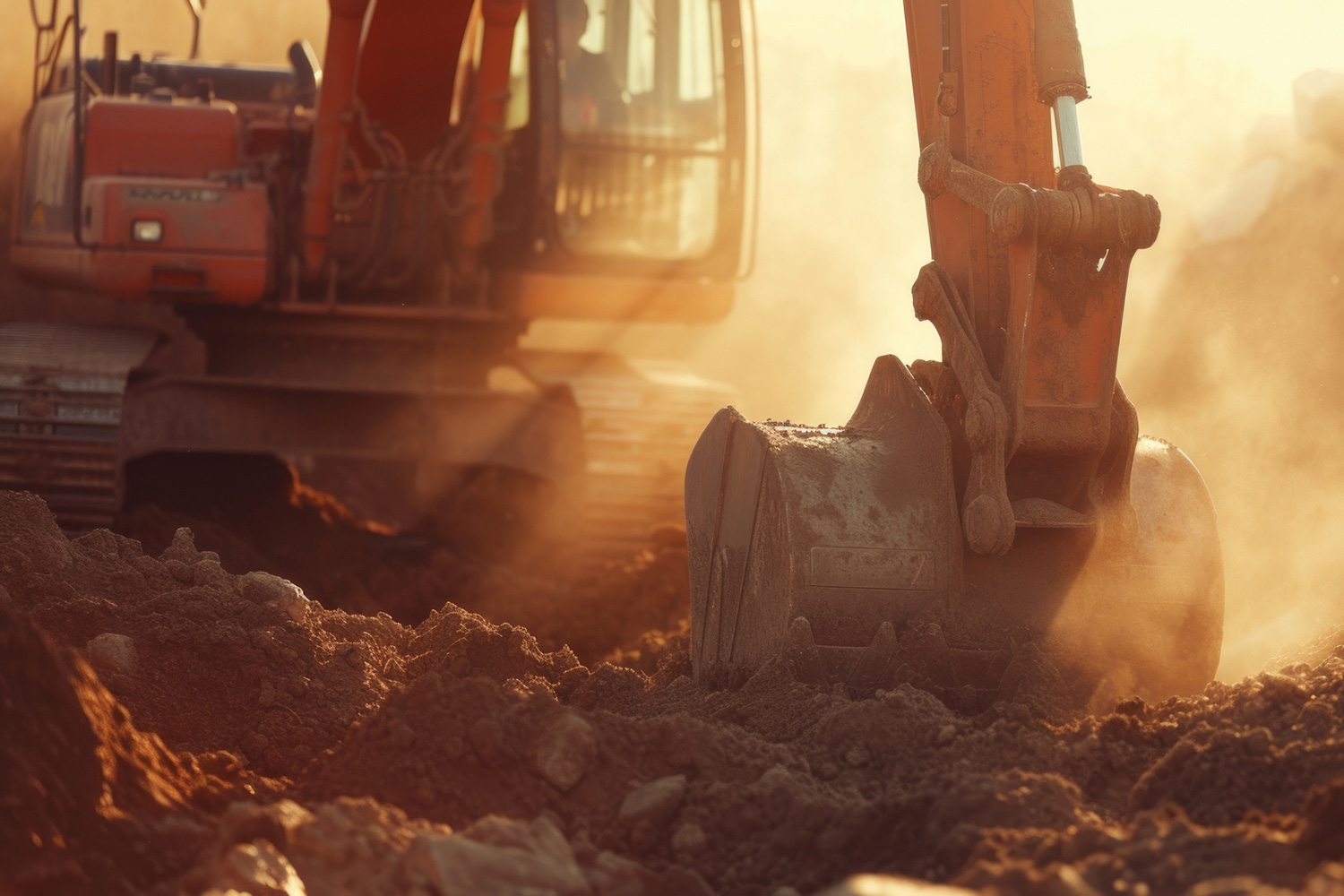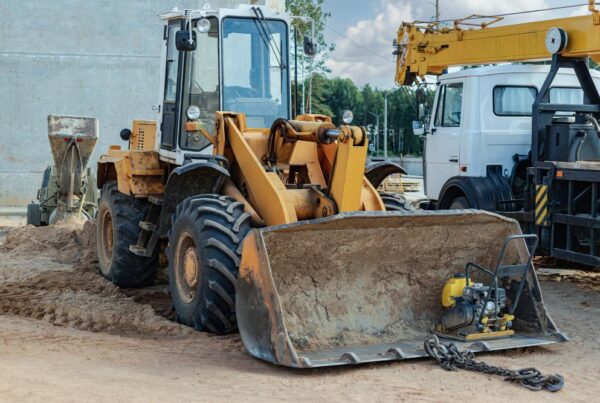Soil excavation is a fundamental aspect of construction and civil engineering, involving the removal, handling, and management of soil to create a stable foundation for various projects. Understanding the different methods of soil excavation, including digging, shoring, and compacting, is essential for ensuring safety, efficiency, and structural integrity. This article explores these methods and their applications in the construction industry.
Methods of Digging
1. Hand Excavation:
Hand excavation involves the use of manual tools such as shovels, picks, and spades. This method is typically used for small-scale projects, areas with limited access, or when precision is required. It is labor-intensive but allows for careful excavation around existing structures or utilities.
2. Mechanical Excavation:
Mechanical excavation uses machinery like backhoes, excavators, and bulldozers to remove soil. This method is efficient for large-scale projects and can handle a significant volume of soil quickly. Mechanical excavation is ideal for creating foundations, trenches, and large excavated areas.
3. Hydraulic Excavation:
Hydraulic excavation involves the use of high-pressure water jets to break down and remove soil. This method is useful for excavating in hard-to-reach areas or when dealing with tough soil conditions. It minimizes the risk of damaging nearby structures and is often used in conjunction with vacuum excavation to remove the loosened soil.
Methods of Shoring
1. Timber Shoring:
Timber shoring involves the use of wooden beams and planks to support the walls of an excavation. It is a traditional method that is still used in small or temporary projects. Timber shoring is relatively inexpensive and easy to install but requires regular inspection and maintenance.
2. Steel Shoring:
Steel shoring systems use steel plates and beams to support excavation walls. These systems are more durable and provide greater strength compared to timber shoring. Steel shoring is suitable for deep excavations and projects where long-term support is needed.
3. Hydraulic Shoring:
Hydraulic shoring utilizes hydraulic pistons that can be adjusted to press against the excavation walls, providing support. This method is quick to install and remove, making it ideal for projects where excavation support needs to be frequently adjusted.
Methods of Compacting
1. Vibratory Compaction:
Vibratory compaction uses machinery that generates vibrations to compact soil. This method is effective for granular soils like sand and gravel. Vibratory rollers and plate compactors are commonly used equipment for this method.
2. Static Compaction:
Static compaction involves applying a steady pressure to the soil to compact it. This method is suitable for cohesive soils like clay. Equipment such as smooth-wheeled rollers and sheep foot rollers are used to achieve static compaction.
3. Impact Compaction:
Impact compaction employs machinery that delivers repeated blows to the soil, compacting it through the force of impact. This method is effective for a variety of soil types and is often used in road construction and foundation preparation.
Conclusion
Understanding the various methods of soil excavation, shoring, and compacting is crucial for the successful completion of construction projects. Each method has its specific applications and benefits, making it essential to choose the right technique based on project requirements and soil conditions. By employing the appropriate excavation, shoring, and compaction methods, construction professionals can ensure the safety, stability, and efficiency of their projects.






